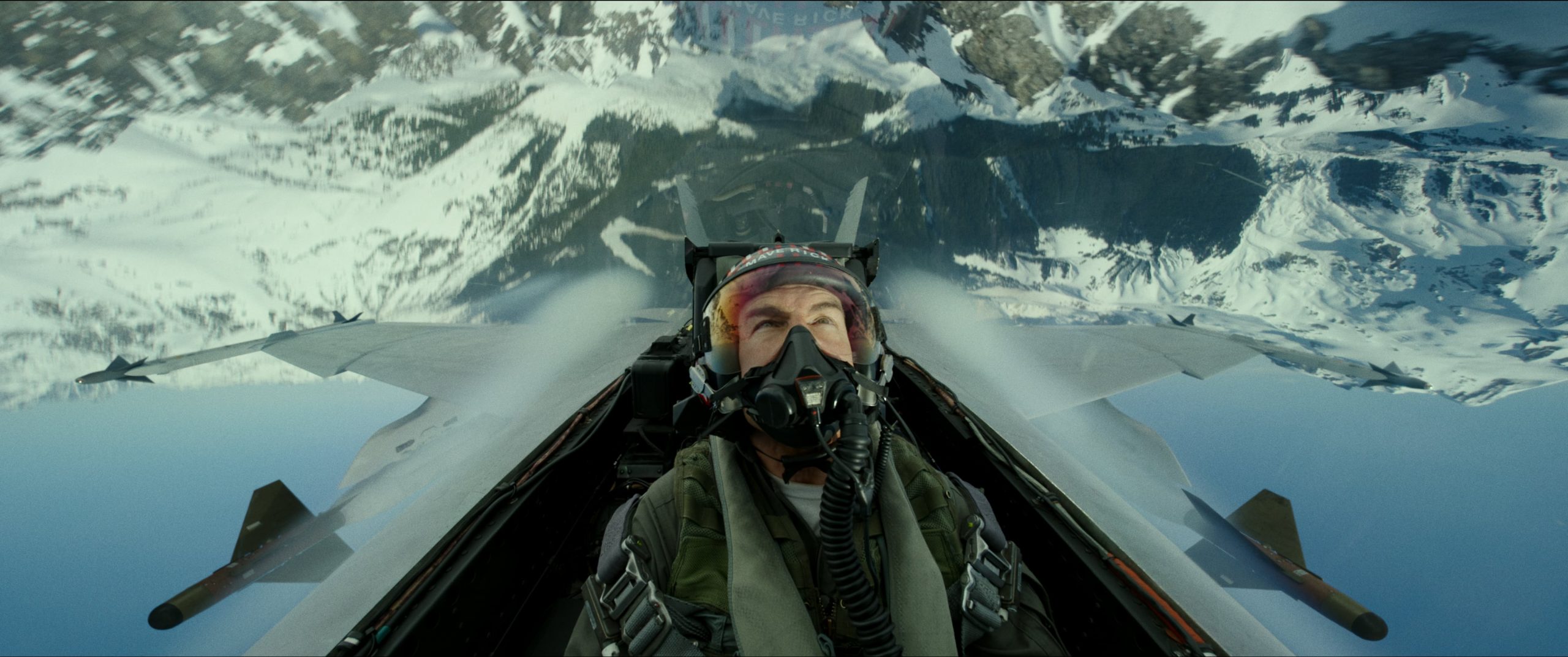Annie Amaya is a graduate from Concordia University with a BFA in film animation, and later at Escape Studios with a Master in VFX Production, Compositing stream. Her credits include Star Wars: Episode IX, Men In Black: International, and most recently Top Gun: Maverick. She enjoys illustrating and making comics on her spare time. She is currently employed at Titmouse as a 2D animation compositor in Vancouver, BC. Follow her on Instagram.
What type of tasks do you look to Silhouette to help with on a daily basis?
I use Silhouette mainly for rotoscoping, but it has also been a huge help in doing paint tasks.
How did you first discover Silhouette and how long have you been using it?
I first learned Silhouette at school during my master’s program at Escape Studios in 2019. I’ve been using it since! It was an integral part of the rotoscoping process at Method Studios.
What Silhouette feature do you use most — and why?
I absolutely love the new magnetic reshape tool when I rotoscope. It’s so useful for making subtle adjustments to your shape without having to individually adjust each vertex point, and has more control than shearing or distorting the shape.
Another new feature that has been a lifesaver is the overlay tools. Being able to see where your motion blur starts and stops without having to render or cache anything is a gamechanger, especially on those really dark, hard-to-see shots!
What’s your favorite project you’ve ever worked on — and why?
I really loved working on Top Gun: Maverick because I got to paint very serene landscapes and skies for all the jet removal scenes. (A lot of those jets are real though!) It was very relaxing, and a cool project to be a part of!
 credit: Paramount Pictures
credit: Paramount Pictures
What is the most difficult shot you’ve ever worked on using Silhouette?
When I first started in the industry, I was put on a shot that needed full body roto for 10 actors, all wearing suits, in a very windy shot for Men In Black: International. Since I was very much a fresh newbie, I felt like it took me so long to complete, but looking back, I was probably doing just fine. I ended up working on it with other artists on my team to help get the shot out. The worst part was, that shot only ended up in the trailer (edited to about half its original length) and not in the film!
What are your top 3 reasons why a roto/paint artist like yourself should incorporate Silhouette into their workflow?
Silhouette is so much more powerful for roto than any other software out there that I’ve tried. The fact that you can view your shapes without having to cache them every single time is huge. Silhouette’s tracking is also quite powerful, thanks to its Mocha plugin. I also think all paint artists should try painting in Silhouette too instead of doing everything in Nuke! The paint tools are much more customizable and is fantastic for doing frame painting because you can easily reference the previous frame you just painted within the same node!
What’s your best pro tip to artists new to Silhouette?
Play around with the software! That’s the best way to learn. Also, keep the manual in hand.
Learn more about Silhouette and download a free 15-day trial.